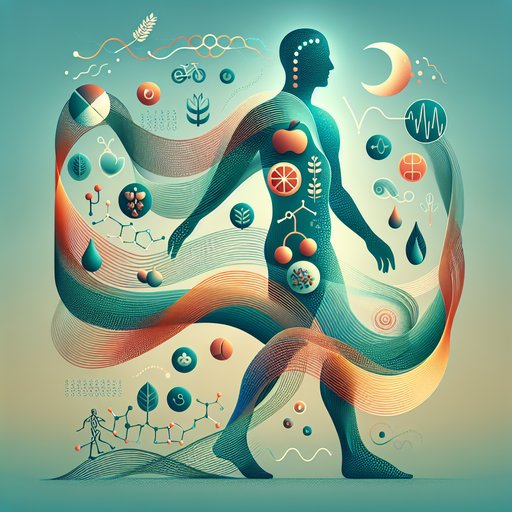
Asteroid impacts and solar storms are low-probability but high-consequence events, and Earth is taking them seriously. A global network of telescopes, spacecraft, and emergency planners now works in concert to spot hazardous objects, test ways to nudge them off course, and prepare for worst-case scenarios. Recent missions have demonstrated that deflection is possible, while new surveys promise to find threats earlier. At the same time, space-weather forecasters are improving warnings that protect satellites, power grids, and aviation. Planetary defense has moved from science fiction into practical policy.

On the third night of the blackout, when the streets had quieted into a kind of dark listening, Nadia opened the Museum of Faiths and rolled a stockpot to the lobby. The building had always seemed like a place where questions lived behind glass, but tonight people came with candles and sacks of rice and worries that could not wait for daylight. They arrived in layers—an imam with his daughter, a nun with bandaged fingers, a Sikh bus driver still wearing fluorescent stripes, a Buddhist monk smelling faintly of rain, a rabbi whose hat cast a small moon on the marble floor, a Hindu schoolteacher whose students trailed behind like birds. The plan, if there was one, involved a flame, water, and what they could agree to put into it. Nadia flicked a match. The wick took. The room filled with a thin, hopeful kind of heat.

Metabolic health influences energy, mood, and long-term risk for chronic conditions, yet it is shaped by everyday choices more than by any single metric on a lab report. Focusing on blood sugar regulation and insulin sensitivity brings clarity to a crowded wellness landscape, pointing to nutrition, movement, sleep, and stress management as levers most people can adjust. The science is increasingly clear that small, consistent actions across these areas build a more resilient metabolism throughout life. This article explains why metabolic health matters now, how lifestyle factors interact with physiology, and what practical habits can help. For personalized guidance, including lab testing, medication decisions, or addressing specific conditions, consult qualified healthcare professionals.

In a winter city where glass sweats and breath turns to fog, two strangers keep finding one another in the greenhouse's humid hush. He tends plants with quiet, earth-bitten fingers. She comes to thaw, to forget the way a foreign alphabet can feel like a locked gate. Their languages do not meet, but their hands do, building a lexicon on skin—two taps for yes, a thumb's slow circle for again, a palm pressed to a sternum for truth. When time threatens to unspool them, they stake their promise in soil, in growing things that do not care what words you speak, only how gently you touch.

































































